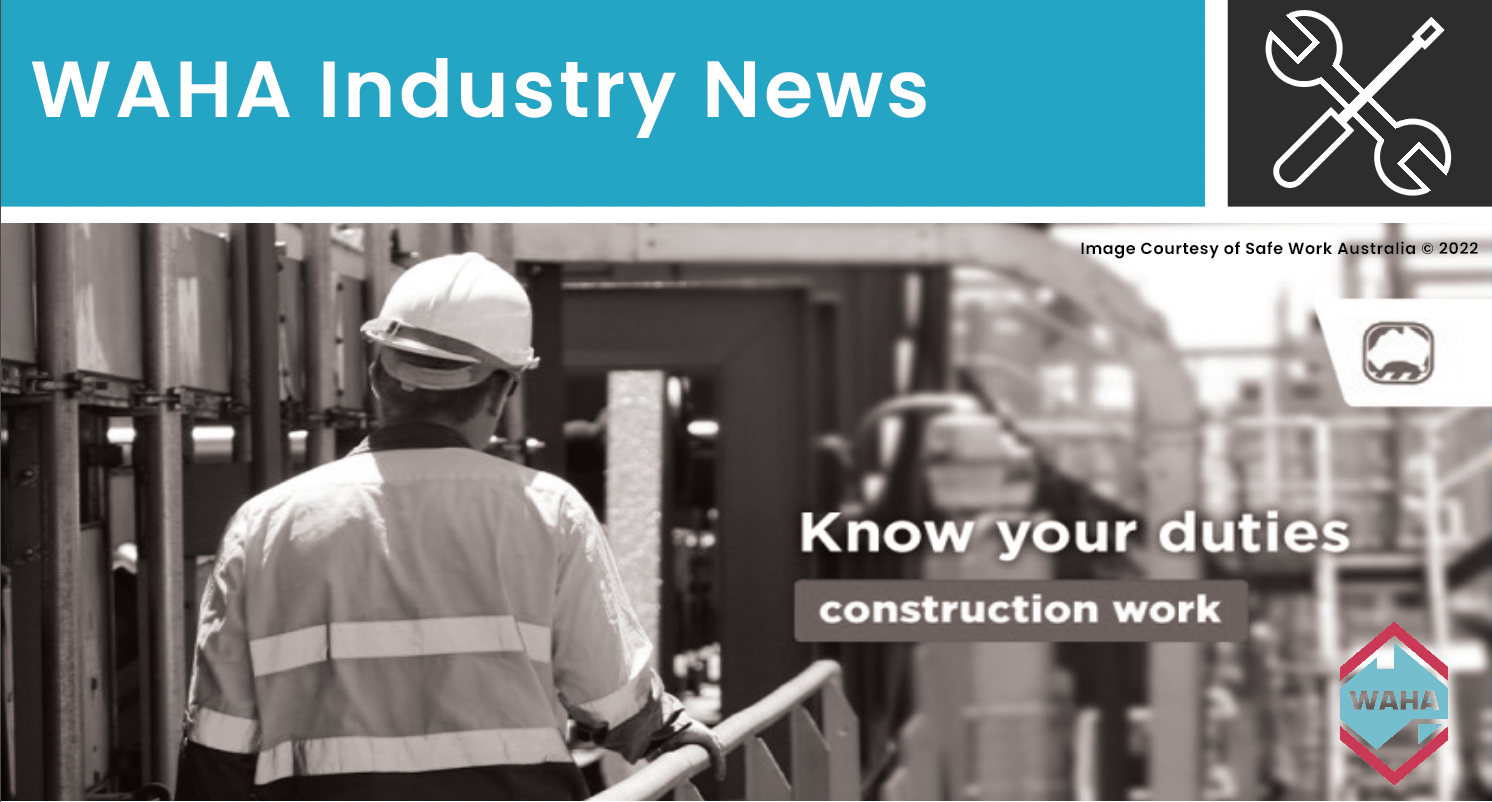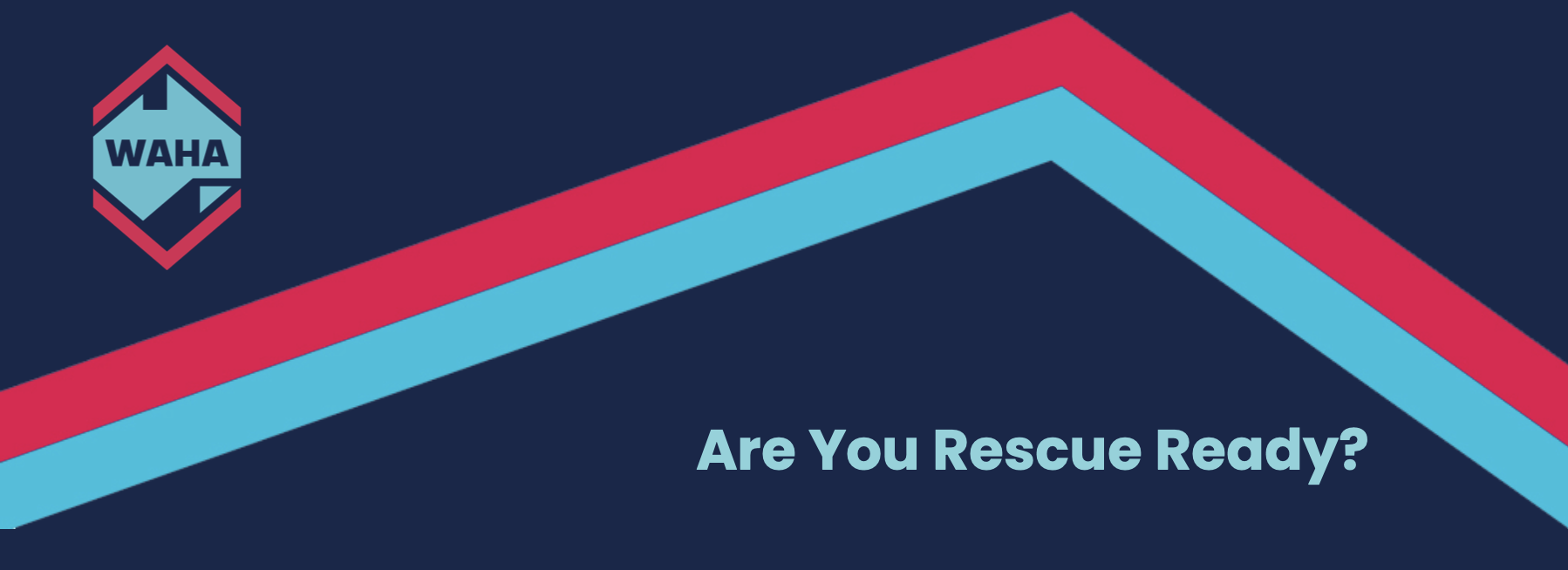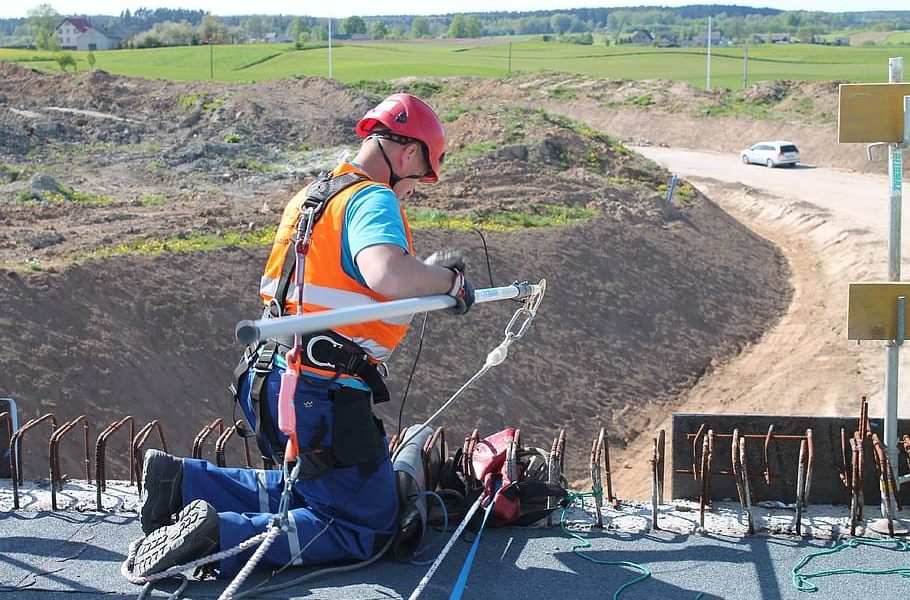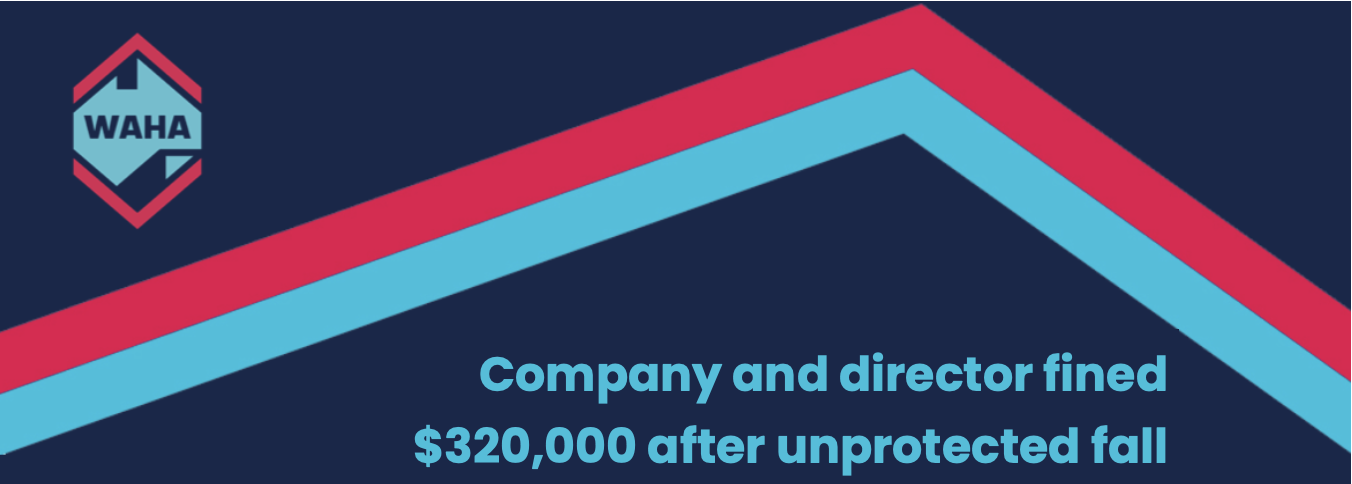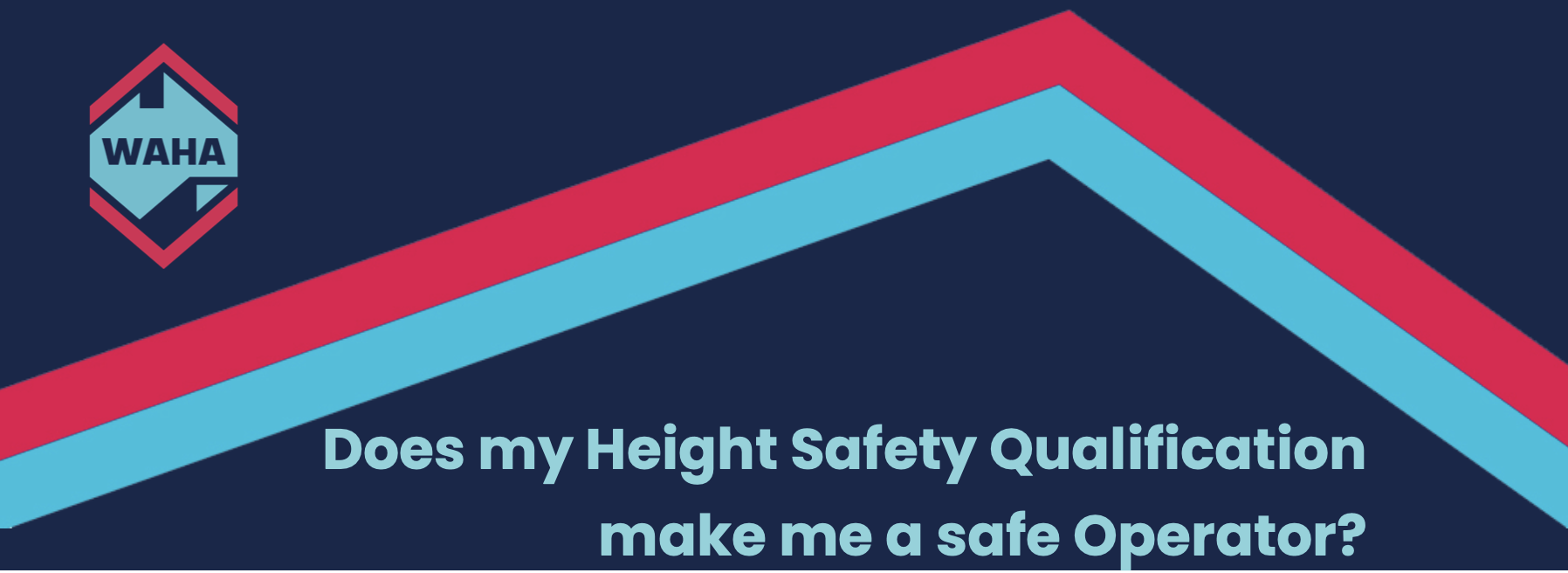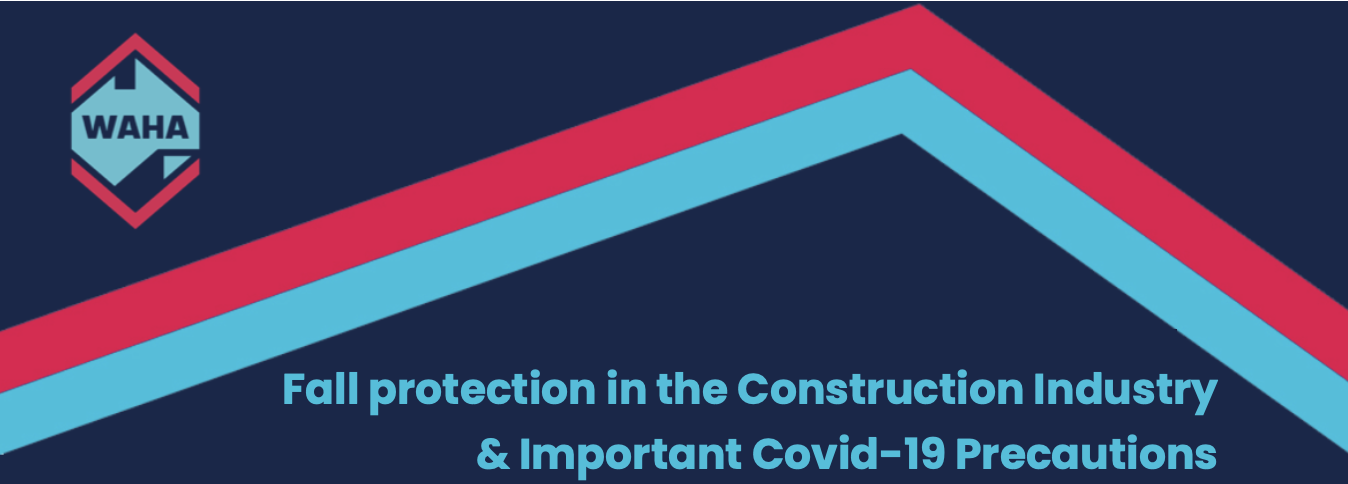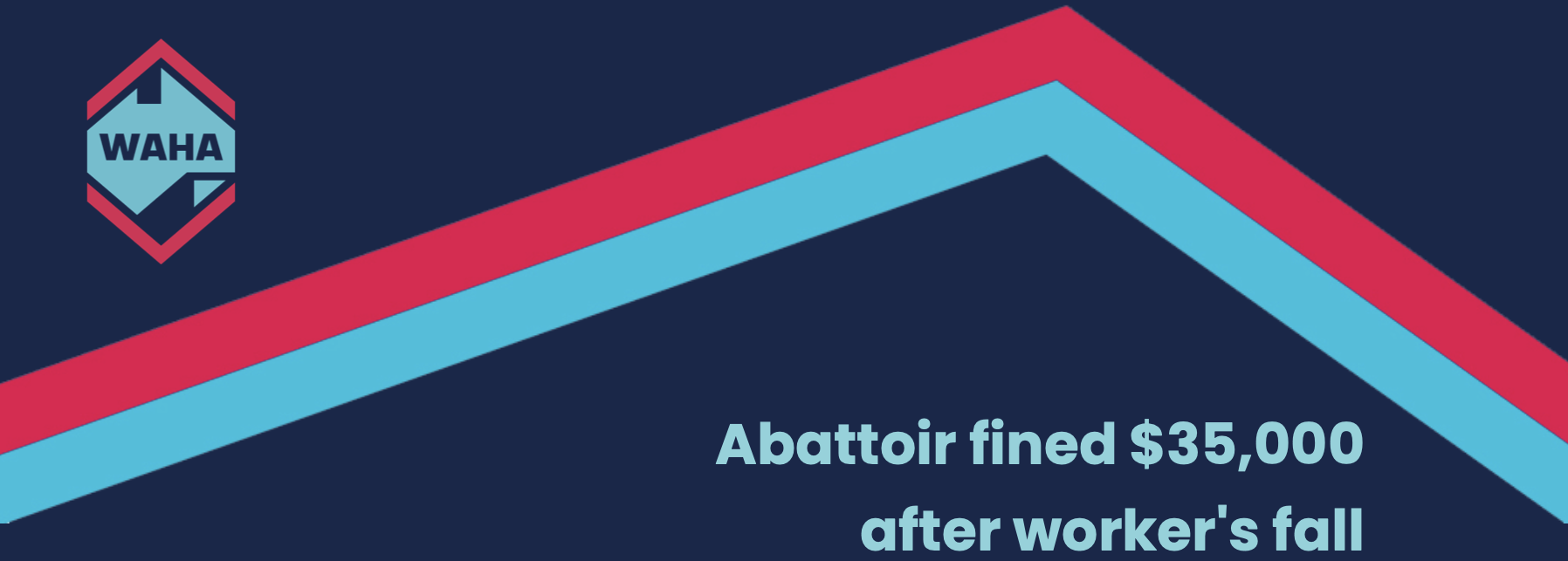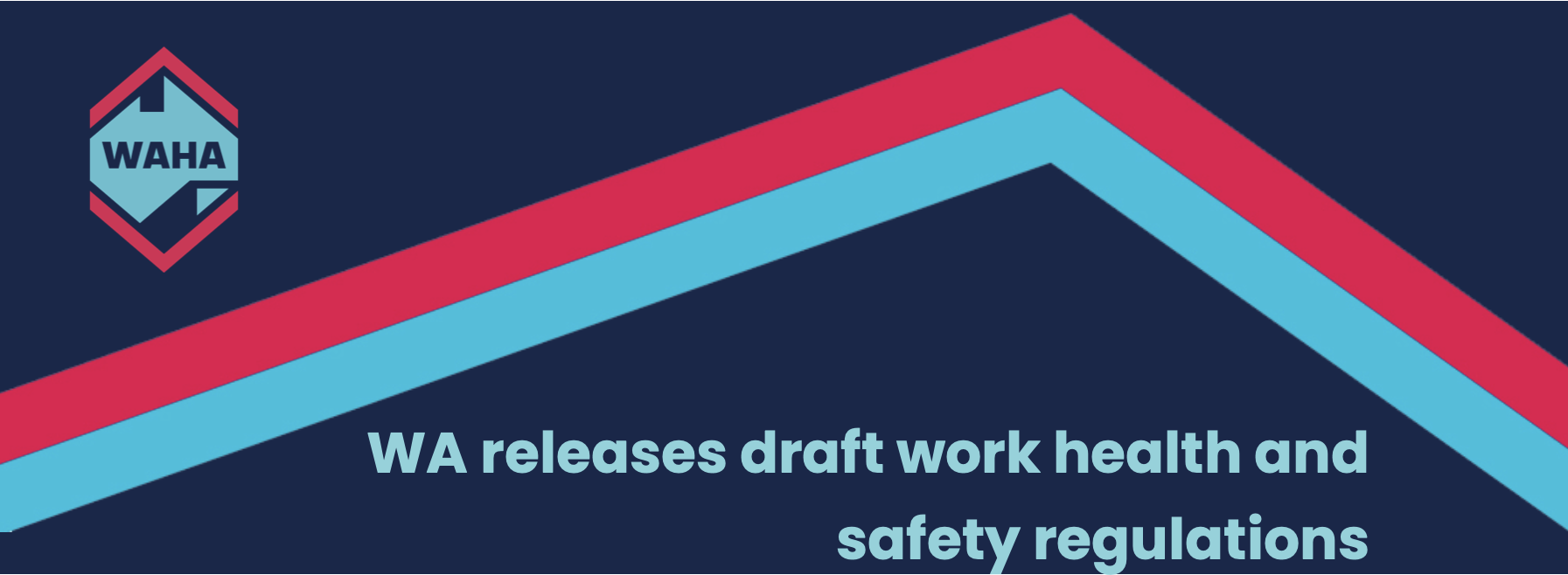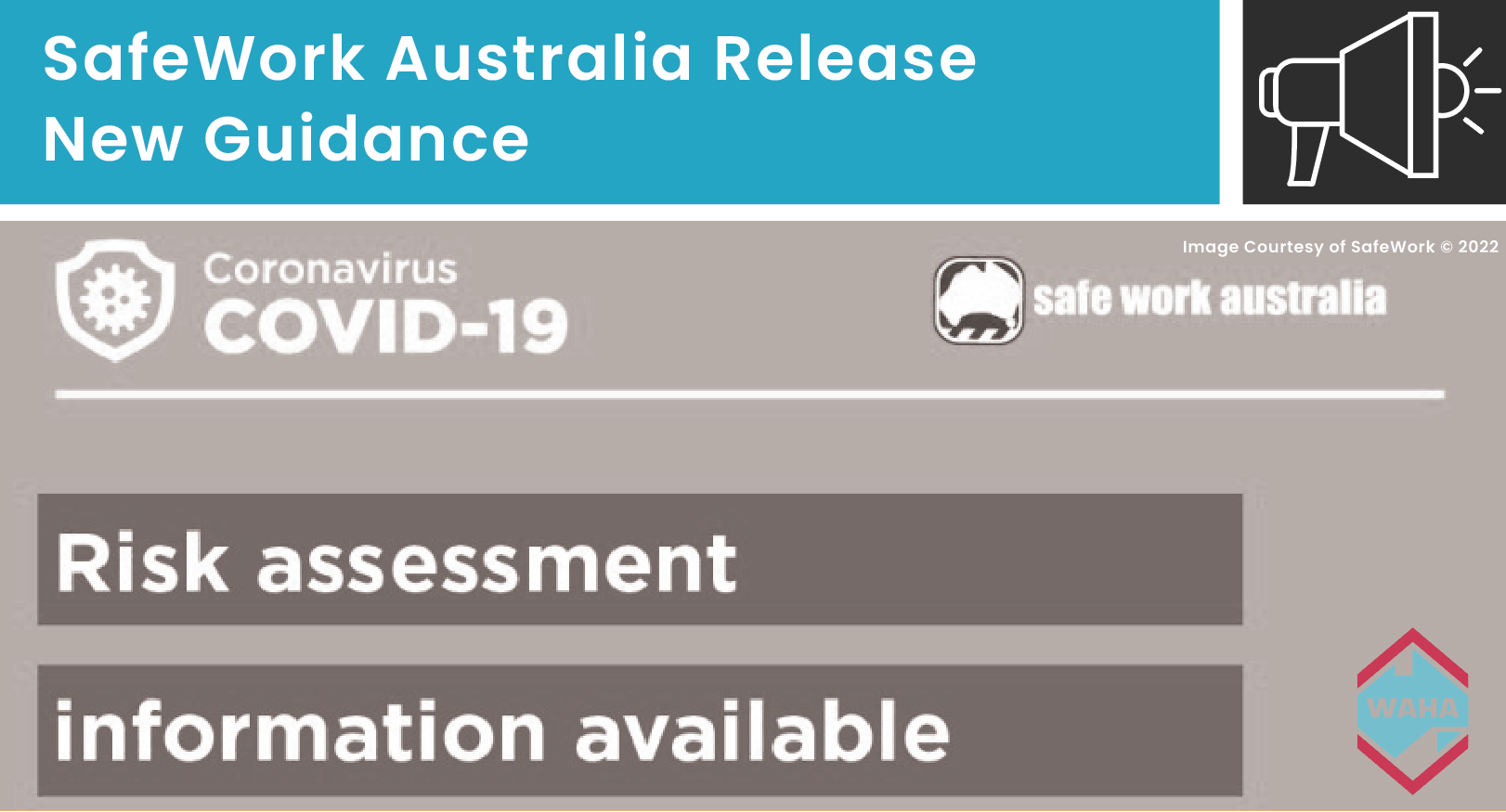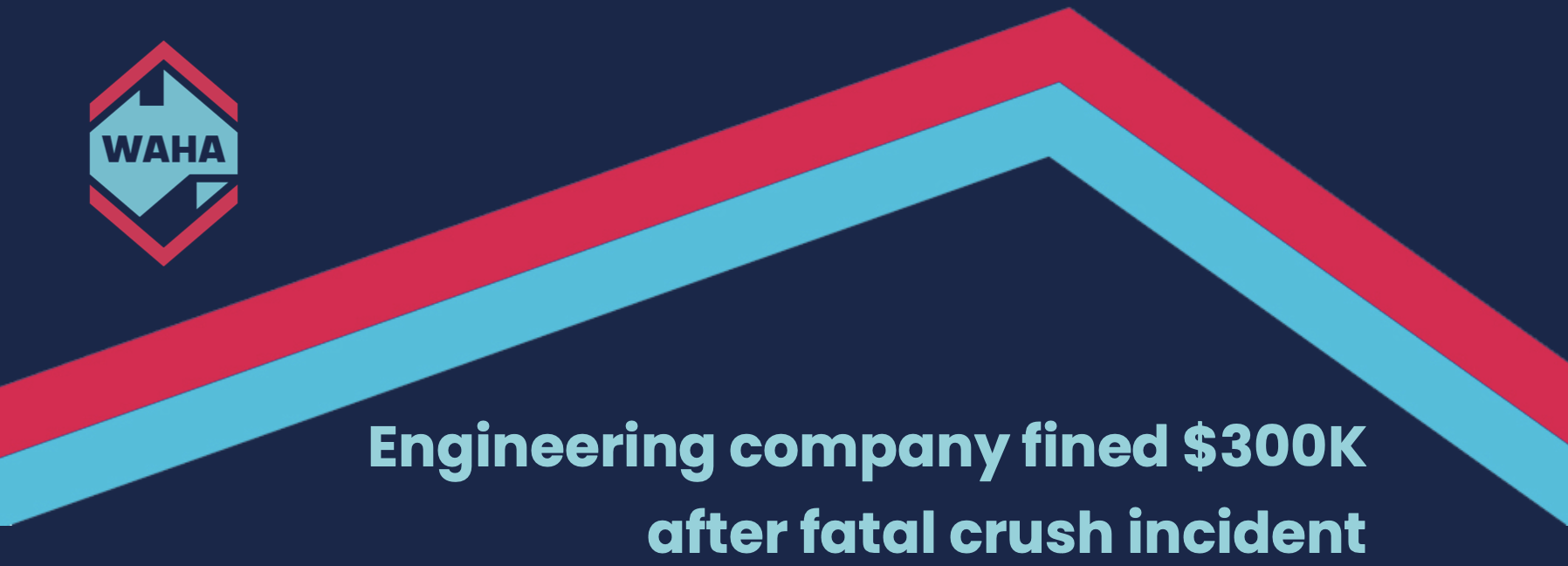by Scott Barber for Sourceable.
Working at height is a high-risk activity and a leading cause of death and serious injury within the construction industry.
In fact, Safe Work Australia reports that between 1 January 2003 and 31 December 2015, 359 construction workers died as a result of falls from a height. This accounted for 37% of all fall related injuries and fatalities.
Dire consequences can result from an unsafe workplace, so height safety compliance is critically important.
As far as is practicable, the person responsible for any work being carried out needs to understand his or her obligations to managing the risk of someone falling from height. Precautions may include:
- That work is carried out either on the ground or from a solid construction.
- That there is a safe means of access and exit to a workplace.
- That the risk of falls is minimised by providing a fall prevention device, work positioning system or fall arrest system.
As the regulator, Safe Work Australia has provided information on its website that outlines the risks of working at height and how to manage these risks in line with the Australian Standards. For more information, see www.safeworkaustralia.com.au
Protecting workers from falls from height
Wherever practicable, protecting workers from the risk of a fall should be done by eliminating the need to work at height. If this is not possible, other preventative measures may include installation of fall prevention equipment.
This equipment is designed to prevent a fall and once installed, doesn’t require any further adjustment by workers using it. It may include:
- Guard rails or barriers.
- Fall Arrest harnesses, lanyards and safety lines.
Regardless, adequate fall protection to mitigate the risk of a fall is mandatory and systems should be designed to provide a safe system of work.
Fall prevention systems should be considered at the design and planning stage of any project and may include:
- Roof safety mesh
- Guard railings and barriers
- Scaffolding or elevated work platforms
- Fall prevention devices
- Work positioning systems
With any fall arrest system, work procedures should be developed on how to correctly install, use and maintain the system.
The importance of training and maintenance
Whilst fall protection equipment can assist in the management of risk, it will only provide the protection needed if workers are adequately trained in its use and the equipment is well maintained.
Maintaining PPE equipment helps to provide confidence and safety in the work arena, whereas quality training provides workers with knowledge on how to inspect their equipment before and after use, as well as how to clean and maintain it.
The Australian Standard AS/NZS1891.4 provides information on inspections and maintenance. It is referred to by the Regulators in their work practice documents, providing guidance for persons involved in working at height. Further information on the Standards can be found in the Working at Height Inspection Bulletins available from www.waha.org.au
Web based products are required to be inspected six monthly by a Height Safety Equipment Inspector who is trained in the skills needed to detect faults in the equipment and to determine remedial action.
Why does equipment degrade?
There are a range of possible reasons why materials used in fall protection equipment degrade. This includes general wear and tear; abuse; edge/surface damage; ultraviolet light (certainly very prevalent in Australia); dirt; grit; chemicals; excessive loading; and if they have been used to protect a worker from a fall.
Textiles can deteriorate slowly with age regardless of use, however the most common cause of strength loss in textile equipment is through abrasion (either by grit working into the strands or by chafing against sharp or rough edges) or by other damage such as cuts. Any equipment that shows such signs of damage should be destroyed.
In addition, textile equipment which has suffered a high shock load (impact force), or that has had a load dropped onto it, should also be removed from use.
The Australian Standards AS/NZS1891.4 refers to AS/NZS1891.1, which specifies that harnesses or web-based height safety products should be removed from service and not used again after 10 years from date of manufacture.
Inspections:
It is essential that the person carrying out any inspection is competent to do so. In the case of pre-use checks, this is likely to be the user, however detailed and interim inspections should be carried out by a qualified Height Safety Equipment Inspector who should be sufficiently independent and impartial to allow them to make objective decisions, with appropriate and genuine authority to take the appropriate action.
This does not mean that inspector must necessarily be employed from an external company, although many companies and lone workers arrange do choose to outsource their inspections.
Employers should establish a regime for the inspection of equipment, drawn up by a competent person, which should include:
- A list of equipment to be inspected (including their unique identification);
- Frequency and type of inspection (pre-use checks, detailed inspection, interim inspection and servicing);
- Designated competent persons (Height Safety Equipment Inspector) to carry out the inspections (note that a competent person may need to be trained by a manufacturer or their authorised representative on specific PPE or other equipment and may need to have that training updated due to modification and upgrades);
- Action to be taken on finding defective products;
- Means of recording the inspections;
- Training of users;
- Means of monitoring the inspection regime to verify inspections are carried out accordingly.
Interim inspections may also be required in instances where the risk assessment has identified a risk that could result in significant deterioration of equipment, which may affect its integrity before the next detailed inspection is due.
This may be particularly necessary in arduous working environments that involve paints, chemicals, grit blasting operations and acidic or alkaline conditions. The results of interim inspections should be recorded and maintained.
Cleanliness and COVID-19:
Whereas there has always been the requirement for fall arrest equipment to be kept clean and dry, the arrival of COVID-19 virus has highlighted the need for increasing vigilance when it comes to cleaning and disinfecting equipment.
It is reasonable to assume that construction industry workers may come into contact with a person who unknowingly has the virus. Equipment used by this worker could become contaminated, with a risk of spreading the virus to other workers.
Cleanliness is king in this environment. Research suggests that the virus can survive on hard surfaces such as plastic and stainless steel for up to 72 hours (three days), particularly as many work surfaces and PPE have hard surfaces.
There appears to be little research on how long the virus lives on fabric. Although it may be less time than on hard surfaces, the best method of defence is to clean and disinfect your PPE regularly.
The Department of Health provides information on the need to clean and disinfect PPE. Information can be found at Department of Health’s Coronavirus (COVID-19) Environmental cleaning and disinfection principles for health and residential care facilities. www.health.gov.au
The Department of Health recommends disinfectants suitable for use on hard surfaces (ie. surfaces where any spilt liquid pools and does not soak in). This may include alcohol in a concentration of at least 70%; chlorine bleach in a concentration of 1000 parts per million; oxygen bleach; or wipes and sprays that contain quaternary ammonium compounds. These chemicals will be labelled as ‘disinfectant’ on the packaging and must be diluted or used following the instructions on the packaging.
Concentrated bleach can damage polyester fibres, whereas diluting the bleach may reduce this damaging effect. CHOICE Australia recommends that when cleaning woven materials such as webbings found in fall arrest equipment, that they be cleaned in a mild soapy warm solution, rinsed in clean water and then treated with a disinfectant. For more information, see www.choice.com.au
From all this, one thing is certain. Coronavirus has not only changed the way we work, but also added another layer to ensuring health and safety in the workplace as we adapt and refine our work methods moving forward.

